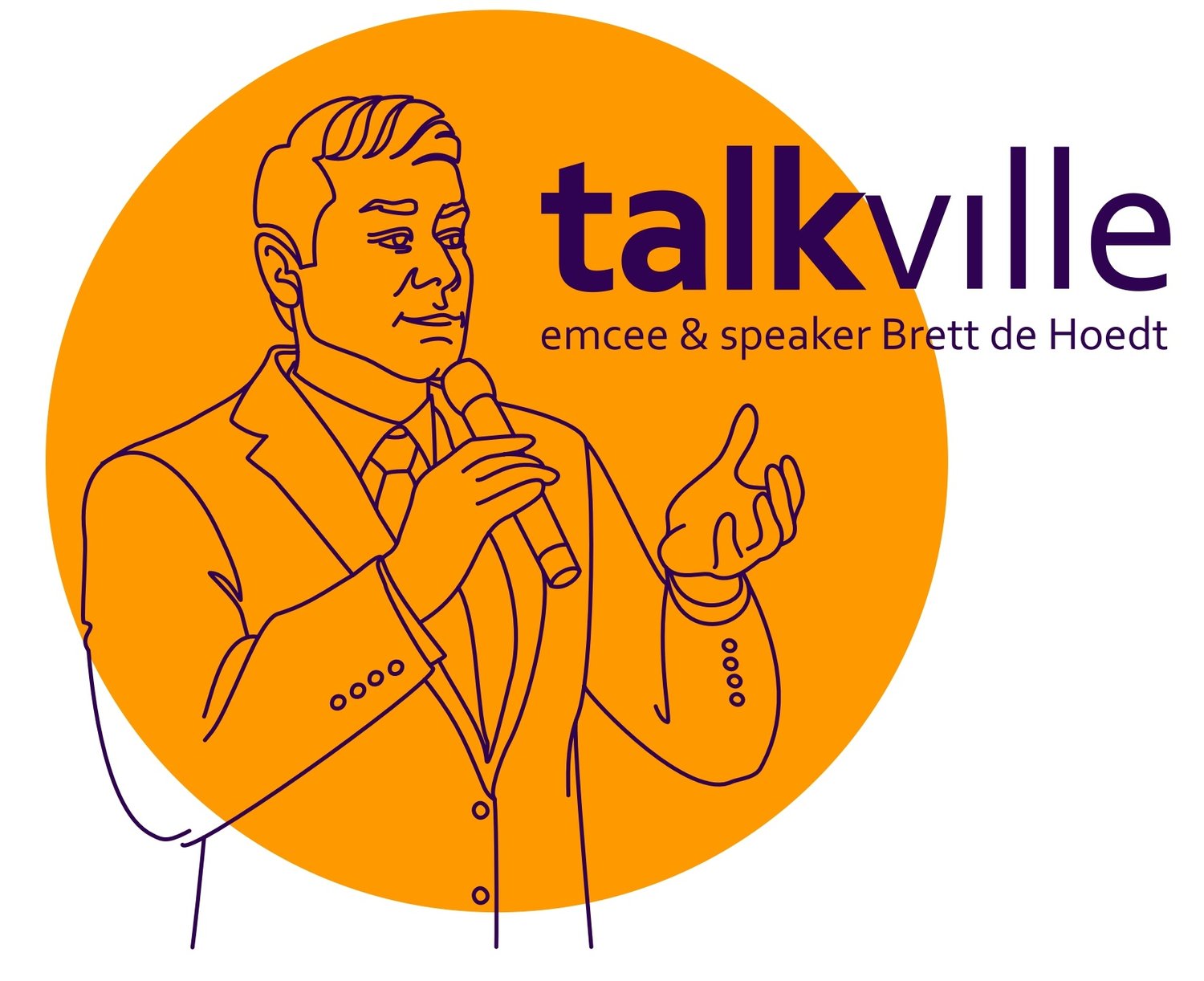Challenging audience? Here's ChatGPT's advice.
Keynote speaker Brett de Hoedt doesn’t (quite) know it all he asked ChatGPT for advice. Here’s what he got.
Keynote speaking to Challenging Audiences: Tips and Strategies for Success
As a keynote speaker, one of the biggest challenges you may face is addressing a challenging audience. Whether it's due to cultural differences, conflicting opinions, or personal biases, speaking to a difficult audience can be a daunting task.
However, with the right preparation and approach, you can effectively engage and inspire even the most challenging crowds. In this article, we will explore some tips and strategies for successful keynote speaking to challenging audiences.
Understand Your Audience
Before delivering a keynote speech to a challenging audience, it's important to do your research and understand who you're speaking to. Take the time to learn about your audience's cultural background, beliefs, and values. This will help you tailor your speech to their needs and create a connection with your audience.
It's also essential to understand your audience's challenges and pain points. What are their biggest concerns and fears? What motivates them? By understanding these factors, you can create a speech that speaks directly to their needs and provides valuable insights and solutions.
Connect with Your Audience
Connecting with a challenging audience can be difficult, but it's not impossible. The key is to be authentic and relatable. Share personal stories and experiences that your audience can relate to. This will help establish trust and create a connection with your audience.
Another way to connect with your audience is by using humor. Humor can help break the ice and make your audience feel more comfortable. However, be careful not to offend anyone with your humor. Make sure your jokes are appropriate and relevant to your speech.
Engage Your Audience
Engaging a challenging audience requires a well-planned and structured keynote speech. Start by grabbing your audience's attention with a strong opening statement. This can be a shocking statistic, a powerful quote, or a thought-provoking question.
Next, create a clear and concise message that resonates with your audience. Use storytelling, visuals, and examples to reinforce your message and keep your audience engaged. Make sure to use language that is easy to understand and avoid technical jargon or complex terms.
Incorporate Interactive Elements
Incorporating interactive elements in your keynote speech can help keep your audience engaged and motivated. This can include activities such as polls, quizzes, or group exercises. Interactive elements can help break up your speech and make it more engaging and memorable.
However, be careful not to overwhelm your audience with too many interactive elements. Use them sparingly and make sure they are relevant to your speech and message.
Handle Challenging Questions and Comments
When speaking to a challenging audience, you may encounter questions or comments that are difficult to answer. It's important to handle these situations with grace and professionalism. Here are some tips on how to handle challenging questions and comments:
Listen carefully: Listen to the question or comment carefully and make sure you understand what the person is asking or saying.
Repeat the question: Repeat the question or comment to ensure that everyone in the audience has heard it.
Be honest: If you don't know the answer to a question, it's okay to admit it. You can say something like, "That's a great question. I don't know the answer off the top of my head, but I will find out and get back to you."
Stay calm: If someone makes a challenging comment or disagrees with you, stay calm and professional. Don't get defensive or argue with them.
Redirect the conversation: If a conversation is getting off-topic or becoming heated, redirect the conversation back to your speech and message.
Final Thoughts
Speaking to a challenging audience can be a daunting task, but with the right preparation and approach, you can
